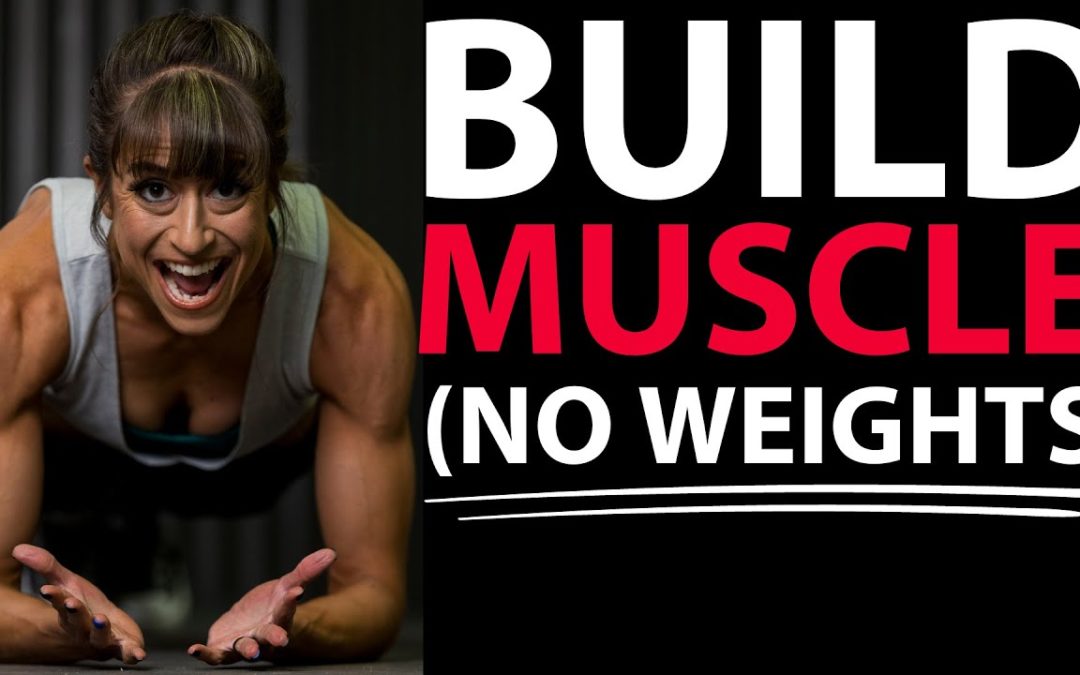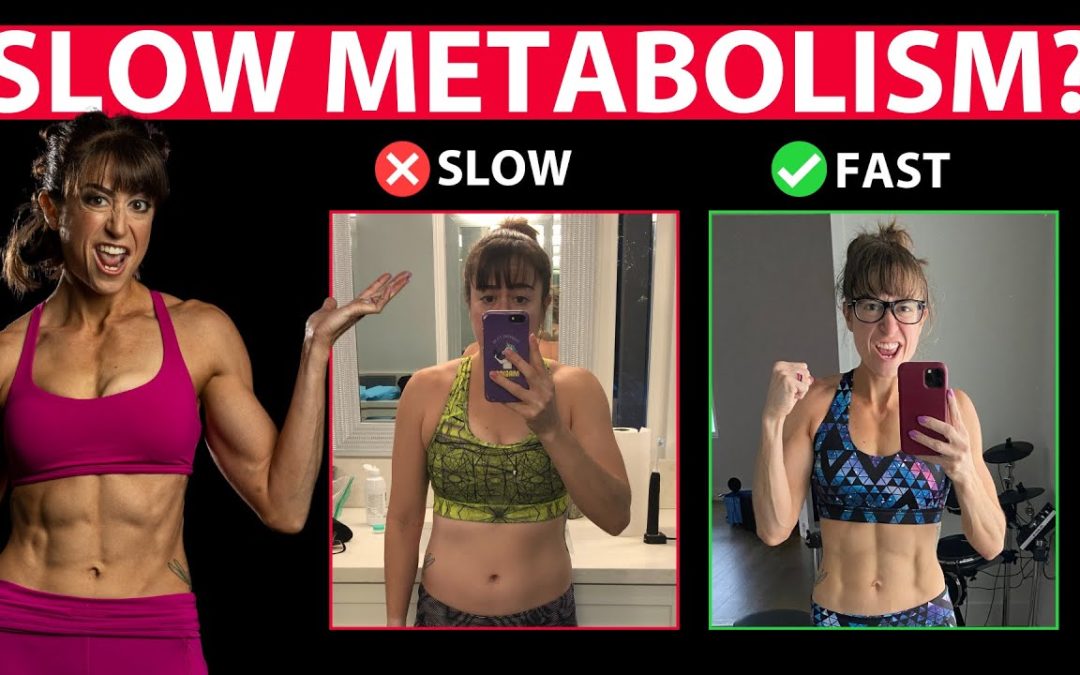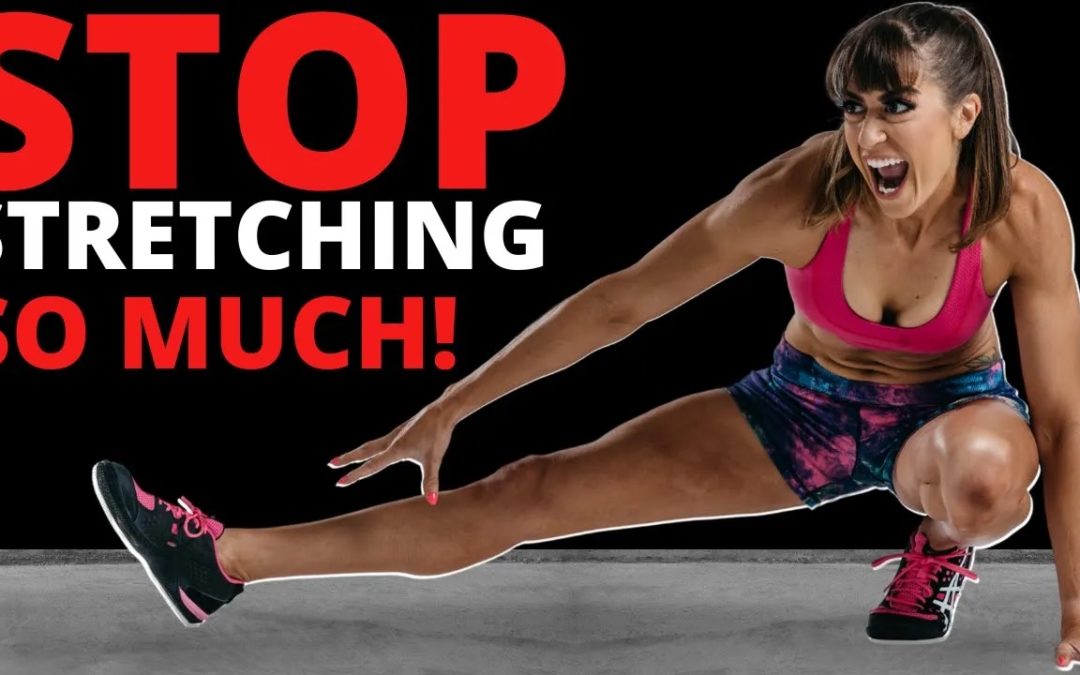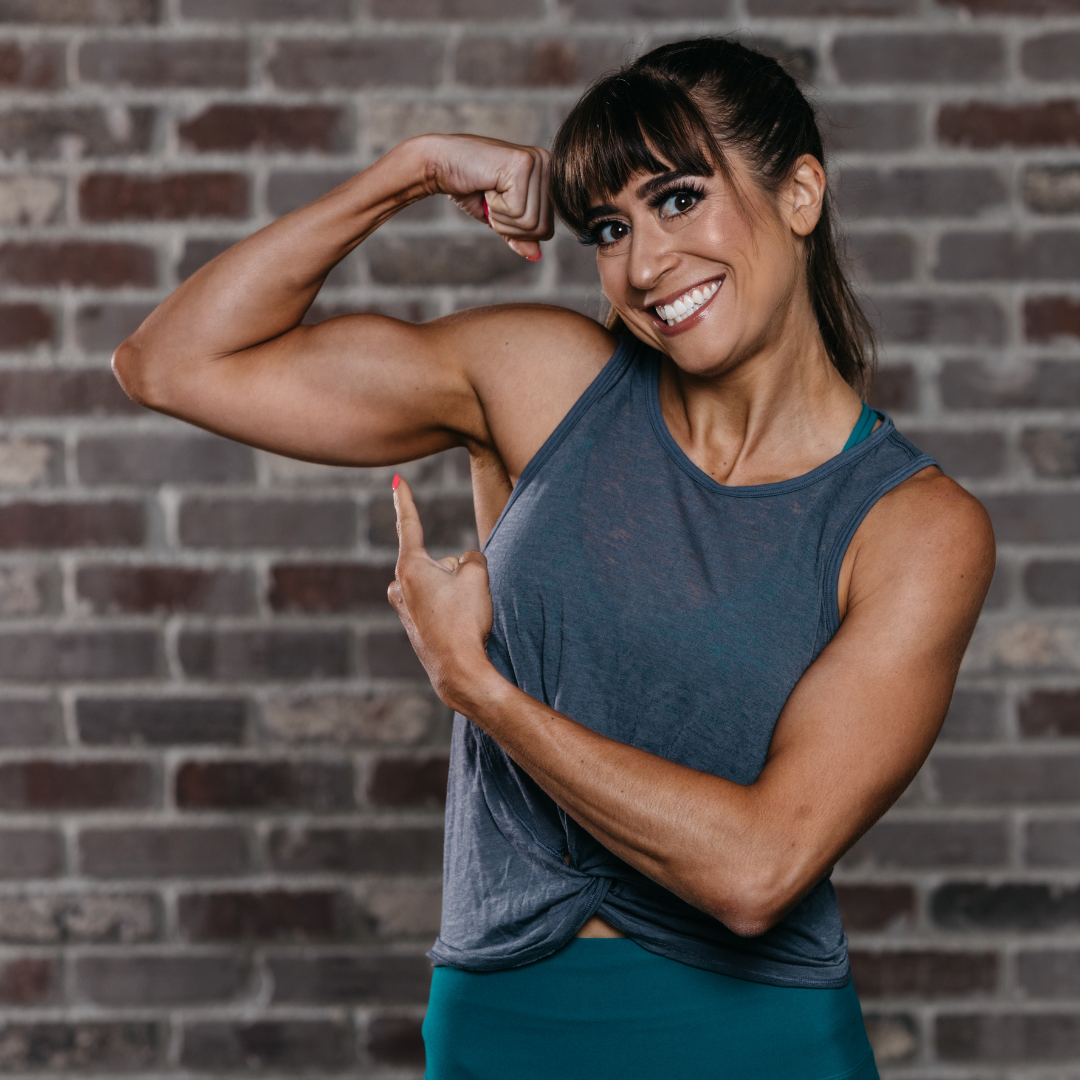
by Cori Lefkowith | Nov 13, 2022 | Blog, Bodyweight, Diet, Exercises
You need weights to build muscle. False. You don’t. While adding heavier loads can make it easy to create that progression and challenge your muscles to improve your muscle hypertrophy or muscle gains, you don’t need weights to build some killer functional strength...

by Cori Lefkowith | Nov 8, 2022 | podcast
You woke up late. Your alarm didn’t go off. The kids took longer to get ready than usual. There was traffic. You’re off your game and feeling a bit frustrated with running behind. You’re late starting your workout. And while usually you’d do 5 rounds of your circuit,...

by Cori Lefkowith | Nov 6, 2022 | Blog, Diet, Exercises, menopause-featured
Are you slashing your calories super low, training harder and longer only to ultimately see your weight INCREASE? Are you worried your previous dieting efforts have damaged your metabolism? Are you ready to give up because you feel like nothing is going to work,...

by Cori Lefkowith | Nov 1, 2022 | podcast
Just tell me what to do! I know most of us have thought this when struggling to figure out what actions to take to reach our goals. Especially when we feel like we’ve been working really hard to not see any progress, or such up and down progress, we want to give up....

by Cori Lefkowith | Oct 30, 2022 | Blog, Exercises, Foam Rolling, Functional Fitness, Stretches, Workouts
Ever feel like you wake up and everything is more sore tired and achy than it used to be after your hardest workout? Like you aged even a decade overnight? Feel like your flexibility just POOF, disappeared? What if I told you that to get it back there was one simple...






